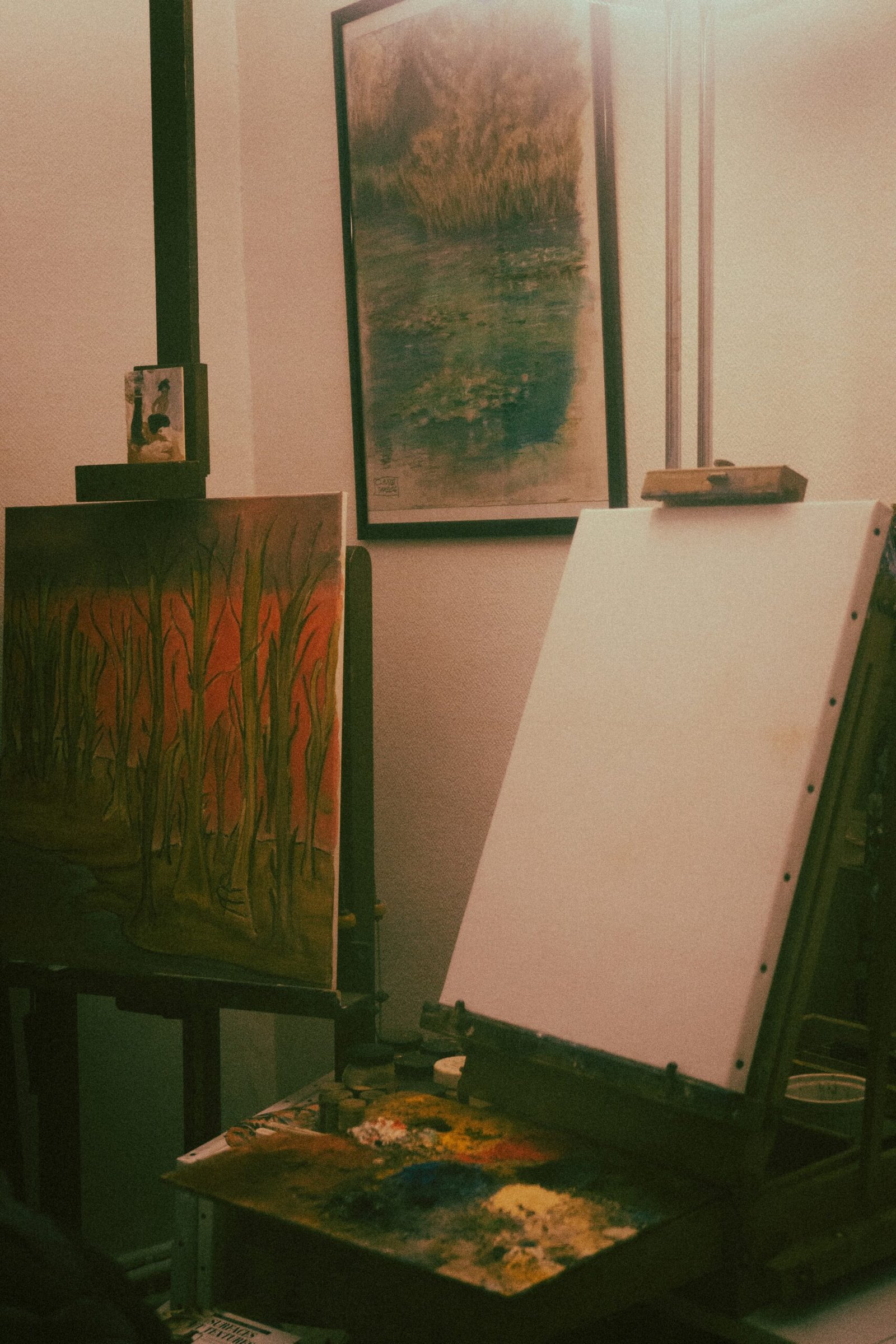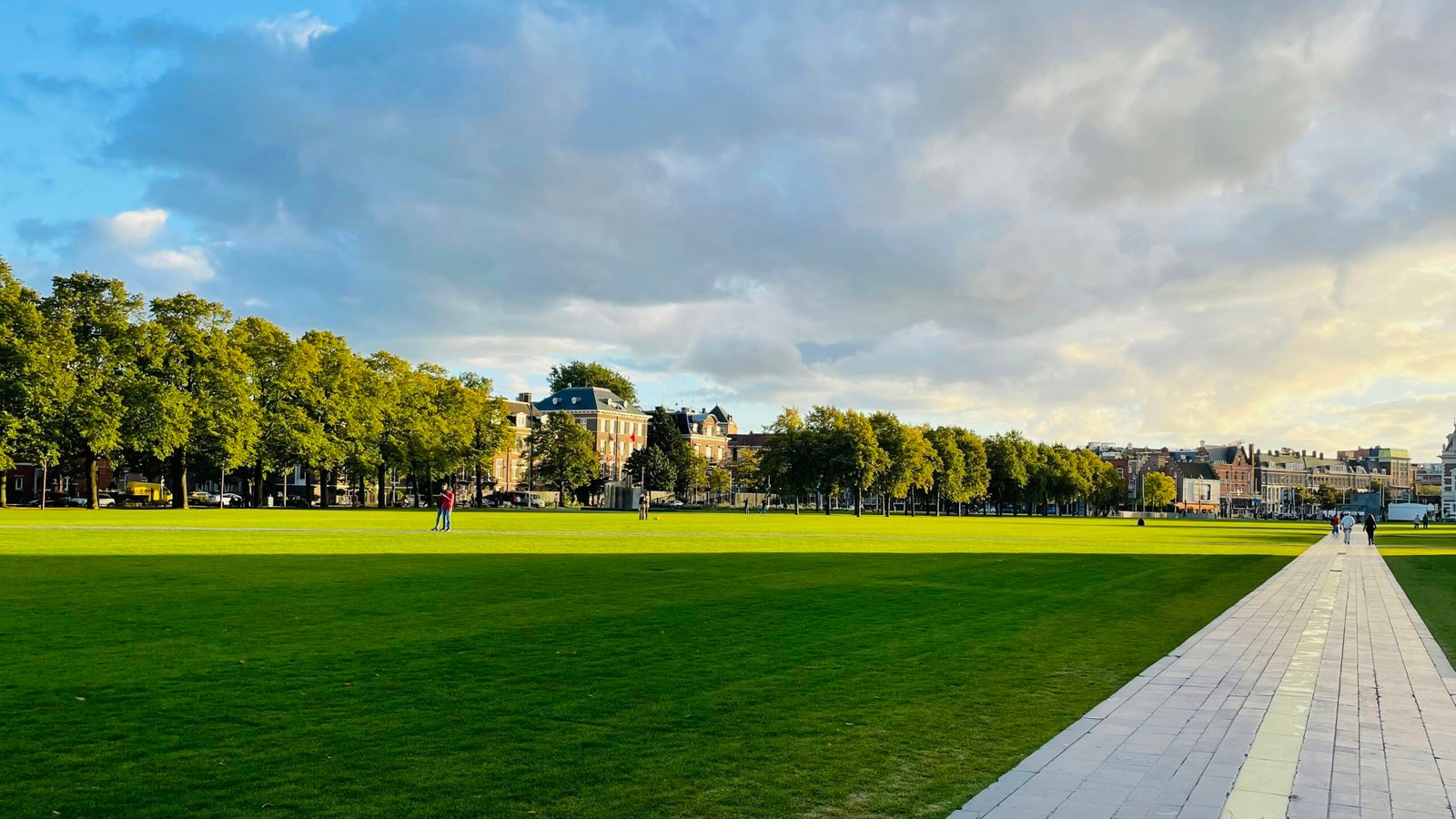A New Perspective on Van Gogh’s Final Flowering
Have you ever wondered about the final years of one of the most iconic painters in history, Vincent van Gogh? Let’s take a closer look at van Gogh’s final flowering and gain a new perspective on his life and artistry. The National Gallery in London presents an exhibition that sheds light on this remarkable period in the artist’s life, offering a fresh and tender vision of his work.

Exploring Van Gogh’s Final Years
Van Gogh’s final years were marked by intense creativity and personal struggles. The exhibition at the National Gallery focuses on the last two years of his life, showcasing over 50 works that highlight the artist’s distinctive style and emotional depth. This period was a time of prolific output for van Gogh, as he grappled with mental health issues and sought to express his innermost feelings through his art.
The Poet and The Lover: A Visual Narrative
Van Gogh’s paintings often tell stories, and the exhibition at the National Gallery presents a visual narrative of his final years. The portraits of the poet and the lover, displayed side by side, offer a glimpse into the artist’s emotional world. These two figures, which hung above van Gogh’s bed in the Yellow House, symbolize the duality of his creative spirit and his longing for connection.
The Studio of the South: A Dream Unfulfilled
In the Yellow House in Arles, van Gogh dreamed of creating a “Studio of the South” – an artistic haven where like-minded individuals could come together to create groundbreaking art. Despite his vision, the dream of the Studio of the South remained unfulfilled, as van Gogh struggled with his own demons and the challenges of realizing his artistic ambitions.

Van Gogh’s Artistic Vision
Van Gogh’s artistry during his final years was characterized by a distinctive style that set him apart from his contemporaries. His use of bold colors, swirling brushstrokes, and emotive compositions captured the essence of his subjects in a unique and powerful way. The exhibition at the National Gallery delves into the elements that defined van Gogh’s artistic vision during this period.
The Golden Light of Southern France
One of the most striking aspects of van Gogh’s final years was his exploration of the golden light of southern France. The vibrant hues and luminous quality of the light in his paintings reflected his fascination with the natural world and his desire to capture its beauty on canvas. Through his use of color and light, van Gogh created a visual language that was both poetic and evocative.
Transforming Ordinary Life into Poetry
Van Gogh had a keen eye for the beauty in everyday moments, and he sought to transform these ordinary scenes into works of art that spoke to the soul. His paintings of sunflowers, starry nights, and fields of wheat captured the essence of the human experience in a way that was both timeless and universal. By infusing his work with a sense of poetry, van Gogh was able to connect with viewers on a deep emotional level.

The Legacy of Van Gogh
Van Gogh’s legacy as an artist continues to inspire and captivate audiences around the world. His paintings are celebrated for their emotional depth, vivid imagery, and raw honesty. The exhibition at the National Gallery pays tribute to van Gogh’s enduring impact on the art world and invites viewers to experience his work in a new and intimate way.
Rediscovering Van Gogh’s Masterpieces
The exhibition at the National Gallery offers a rare opportunity to rediscover some of van Gogh’s most famous works, as well as lesser-known pieces that reveal new facets of his artistic genius. From his iconic sunflowers to his haunting self-portraits, each painting tells a story and invites viewers to connect with the artist on a personal level.
Connecting with Van Gogh’s Emotions
One of the most powerful aspects of van Gogh’s art is his ability to convey deep emotions through his paintings. His brushstrokes, colors, and compositions reveal a sense of raw vulnerability and inner turmoil that resonates with viewers on a profound level. By exploring van Gogh’s final years, we can gain a deeper understanding of the emotions that fueled his creativity and his enduring legacy as an artist.
In conclusion, the exhibition at the National Gallery in London offers a new perspective on van Gogh’s final flowering, inviting viewers to delve into the artist’s inner world and experience his work in a fresh and intimate way. By exploring the painter’s last years, we can gain a deeper appreciation for his artistry, his struggles, and his enduring legacy as one of the most influential artists in history.









